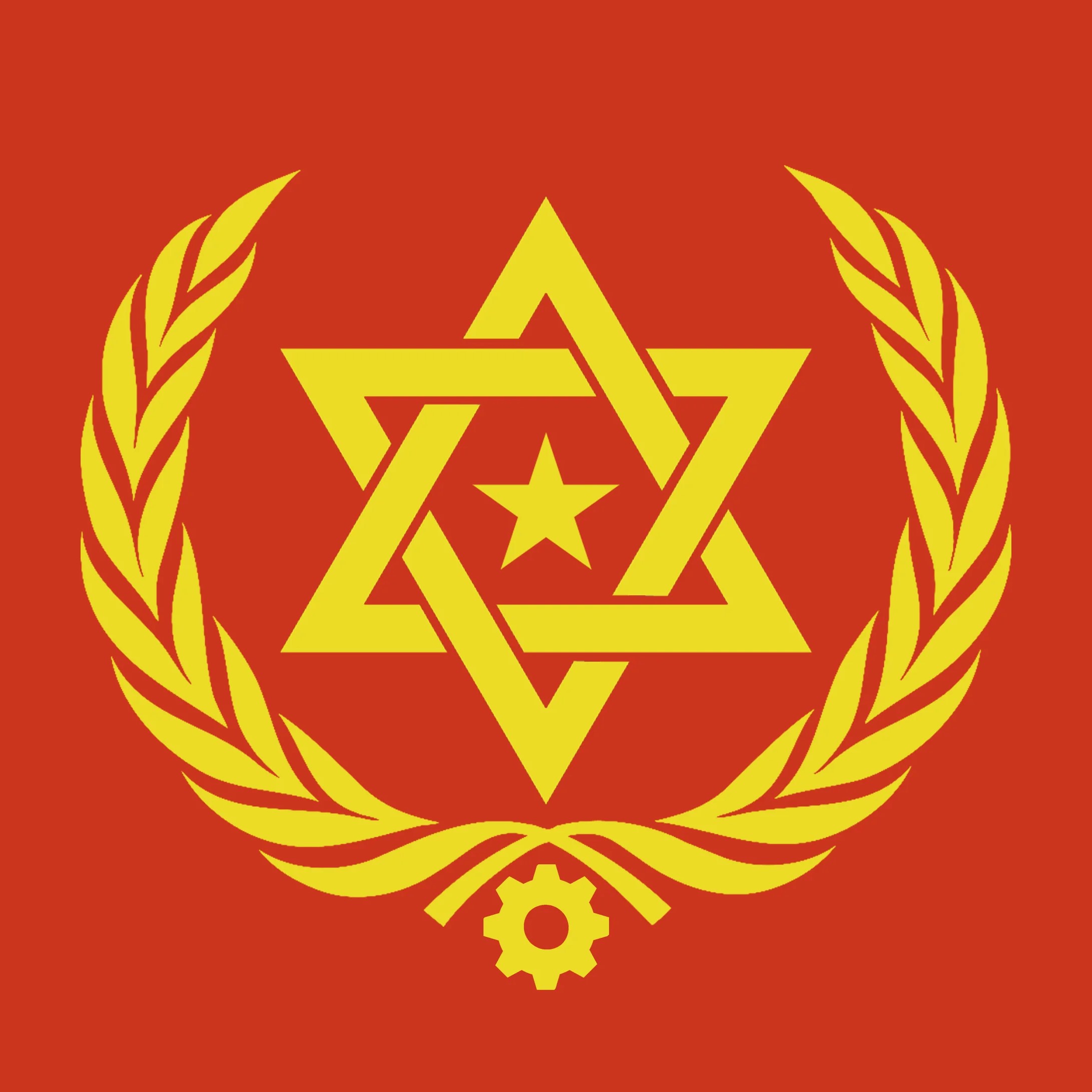Though the text in the book of Maccabees does not detail what the rededication of the altar looked like, we can postulate that it resembled the dedication ceremonies described in the bible, particularly the dedication of the Tabernacle in Numbers 7. In this chapter, we learn that the chieftains of Israel brought various presents to the Tabernacle. Among the presents were items used in facilitating sacrifice, including silver basins, bowls, and ladles (Numbers 7:1-8:3). A Hanukkah gift is, therefore, a gift that enables us to worship God; this is precisely how the Jews celebrated the festival of Hanukkah in the years following their victory over the Greeks.
Everything changed after the destruction of the Temple in 70 CE.
Sacrifice was no longer possible and the understanding of how to worship God shifted from sacrifice to study and prayer. For this reason, the festival of Hanukkah could have transformed into a gift-giving holiday. Instead of giving gifts to facilitate sacrifice, one would give gifts to facilitate acts of study or prayer. Instead of giving a silver basin, one might give a tallit or a chumash. As we know, however, the rabbis took the celebration of Hanukkah in a different direction. They introduced the miracle of the oil and focused on the laws surrounding the lighting of the menorah.
The second way we can understand gift giving as a Jewish custom is with the introduction of Hanukkah gelt in Europe during the 18th century.
Many believe this custom developed because of the etymological connection between Hanukkah and education. Chinuch (education) shares the same Hebrew root (Chet/nun/chaf) as Chanukah (dedication). For this reason, education (specifically Torah study) became a central focus of Hanukkah. Historian Eliezer Segal suggests that families began to use these Torah study sessions during Hanukkah as an opportunity to give small amounts of money to teachers who were otherwise prohibited from accepting money for teaching Torah. Parents would give children money to give to their teachers. Eventually, Segal suggests, the children began to expect it themselves. This, he says, might be the origin of the practice of giving gelt during Hanukkah.
There are some, however, who date the practice much earlier. In "The Original Chanukah Gelt," Marvin Tameanko argues that this custom dates back to the very first Hanukkah festival celebrated by the Maccabees. He points to the then-common practice of taking war booty: when the Jews destroyed the Greek armies, they took weapons, armor, horses, and coins (I Maccabees 3:41). These coins were distributed to victorious soldiers, widows, and orphans of the dead as well as the general population, including children. Tameanko suggests that this could be the origin of Hanukkah gelt.
The third way to understand gift giving as a Jewish custom is by reinterpreting Hanukkah as a holiday that has always celebrated the interplay between Judaism and the dominant culture of the time. In his book, "The Jewish Way: Living the Holidays," Irvin Greenberg says, “Hanukkah is the paradigm of the relationship between acculturation and assimilation where each generation has interpreted Hanukkah in its own image, speaking to its own needs.” He discusses how the story of Hanukkah began because of the blending of Greek and Eastern cultures. Hellenism attracted the Jewish elite. In fact, there were some Jews who favored aggressive assimilation. Gift giving is the prime example of a custom that was, and still is, borrowed from the dominant culture.
In addition to Jews using foreign coins as Hanukkah gelt, gift giving was generally practiced in Greek culture during the time of the book of Maccabees. There are three examples in the books of Maccabees that describe Greeks engaging in the practice of gift giving.
In the first example, King Anthiochus’s officers tell Mattathias they will give him gold, silver, and gifts if he makes a pagan sacrifice (I Maccabees 2:15-28). In the second, King Antiochus realizes that his wealth diminished during the war, and he laments that he will no longer be able to give gifts the way he used to (I Maccabees 3:30). In the third example, the King of Persia turns a holy site into a shrine and uses the money he makes from it to give gifts to his friends (II Maccabees 1:34-35).
Each of these examples speaks to the fact that gift giving was a prevalent practice in Greek culture during the time of the story of Hanukkah. It sets the stage for a discussion about how Jews borrow from and engage with the dominant culture of their time. If Hanukkah is a time for thinking about what it means to be a free people who also live and participate in greater society, it is a perfect opportunity to think about what it means to share practices with others and whether a borrowed ritual can still be considered Jewish.


